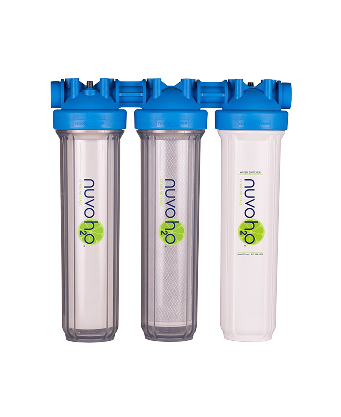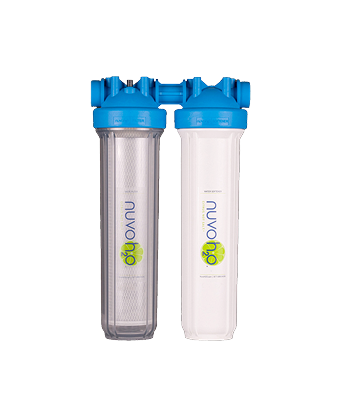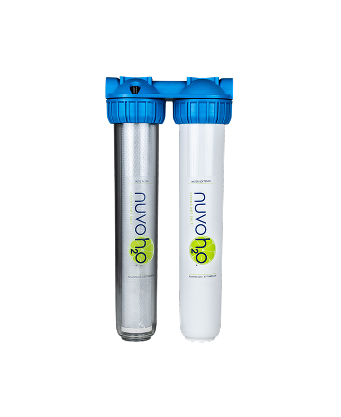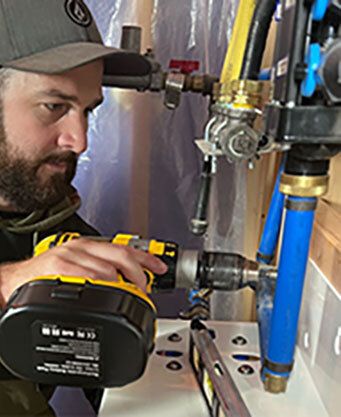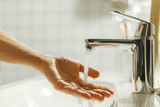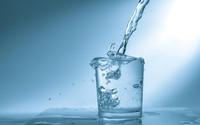
Chloramine In Drinking Water: What Is It?
18th Aug 2025
Most people know their tap water has been treated before it gets to the glass, but what’s actually in that treatment can be a surprise. For many communities, that treatment now includes chloramine, a disinfectant made from chlorine and ammonia.
It’s used to keep water safe from harmful microbes, but it’s not without drawbacks. Chloramine can affect the taste and smell of your water, cause irritation for sensitive skin, and even be tough on pipes, appliances, and your home’s plumbing.
So let’s break it down: what is chloramine, why is it in so much drinking water, and what can you do if you’d rather not have it coming from your tap?
What Is Chloramine?
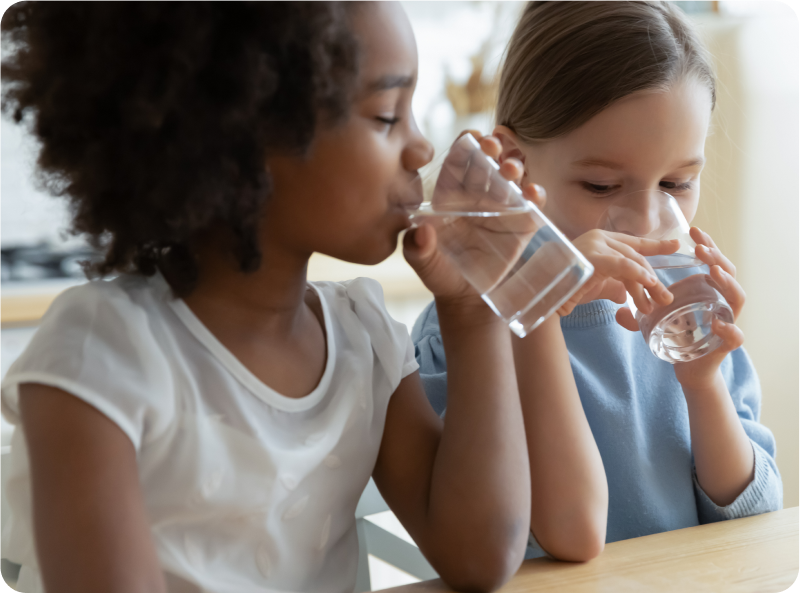
Chloramine is a chemical disinfectant made by combining chlorine and ammonia. In municipal water treatment, it’s typically used in the form of monochloramine, which is one part ammonia and five parts chlorine.
Cities and towns use chloramine because it sticks around longer than chlorine in the water supply. That “staying power” means it can keep water disinfected all the way from the treatment plant to your home, sometimes miles away.
Why Water Systems Use Chloramine Instead of Chlorine
For decades, chlorine was the standard for disinfecting drinking water. It’s effective at killing bacteria, viruses, and other pathogens.
But chlorine comes with two major downsides:
- Short lifespan in the system: Chlorine dissipates quickly, especially over long distances, which means water can lose its protective “residual” before it reaches the tap.
- Chemical byproducts: When chlorine reacts with natural organic matter in water, it forms disinfection byproducts (DBPs) such as trihalomethanes (THMs) and haloacetic acids (HAAs). These have been linked to health concerns, including reproductive issues, liver and kidney damage, and certain cancers.
Chloramine solves some of these problems: it stays in the water longer and produces fewer DBPs. That’s why an estimated 1 in 5 Americans now receives water treated with chloramine.
The Potential Downsides of Chloramine in Water
While chloramine can help keep your water safe from microbes, it brings its own set of issues, both for people and for your home.
1. Skin and Eye Irritation
Bathing or showering in chloramine-treated water can cause dryness, itchiness, and redness, especially for people with eczema or other skin sensitivities. The longer-lasting nature of chloramine means it’s harder to avoid in daily use.
2. Taste and Odor Changes
Chloramine can give water a flat, metallic, or slightly chemical taste, along with a faint “pool-like” smell, less sharp than chlorine, but still noticeable.
3. Risk for Dialysis Patients
For those on kidney dialysis, chloramine in the water supply must be carefully removed from the water used in dialysis machines. If it enters the bloodstream, it can cause a dangerous condition called hemolytic anemia.
4. Harm to Aquatic Life
Fish, amphibians, and other aquatic animals are extremely sensitive to chloramine. It passes directly into their bloodstream through their gills and can be deadly, even in small amounts. This also applies to hydroponic systems, where plants can be damaged by chloramine exposure.
5. Pipe and Fixture Corrosion
Chloramine can be more corrosive to certain metals than chlorine. In older systems with lead or copper pipes, it can accelerate leaching, sending those metals into your water supply.
6. Rubber Component Damage
Rubber seals and gaskets inside plumbing fixtures can break down more quickly in water treated with chloramine, leading to leaks and black specks in your water.
Is Chloramine Safe to Drink?
According to the U.S. Environmental Protection Agency (EPA), chloramine levels up to 4 mg/L are considered safe for drinking and everyday household use. For most people, this means the water meets federal safety standards.
However, “safe” doesn’t necessarily mean ideal. Even within regulatory limits, chloramine can still cause skin and eye irritation, alter the taste of your water, and affect your home’s plumbing over time. And if you’d rather not drink or bathe in water with chemical disinfectants, you’re not alone.
Chloramine vs. Chlorine: Which Is Worse?
It’s not always a simple choice. Chlorine has a more noticeable taste and odor, and produces more DBPs, but it’s easier to remove from water; simply letting water sit out or boiling it for a few minutes can reduce chlorine levels.
Chloramine, on the other hand:
- Lasts much longer in water
- Produces fewer regulated byproducts
- It is much harder to remove; standard carbon filters often aren’t enough
That’s why many homeowners who want to avoid either disinfectant look for whole-home filtration designed to handle chloramines specifically.
How to Tell If You Have Chloramine in Your Water
You can:
- Check your water utility’s annual water quality report (also called a Consumer Confidence Report)
- Call your local water provider
- Test your water with an at-home kit or through a certified lab
If your utility uses chloramine, they are required to disclose it.
How to Remove Chloramine from Drinking Water
Chloramine is more stubborn than chlorine. To effectively reduce it, you’ll need catalytic carbon filtration, which is more advanced than the standard activated carbon in basic water pitchers or faucet filters.
A whole-home system using catalytic carbon can:
- Treat every drop of water coming into your home
- Reduce chloramine along with chlorine, sediment, and other contaminants
- Protect pipes and appliances from corrosion and scale buildup
- Improve the taste, smell, and feel of your water for drinking, cooking, bathing, and laundry
NuvoH2O: A Better Way to Handle Chloramine
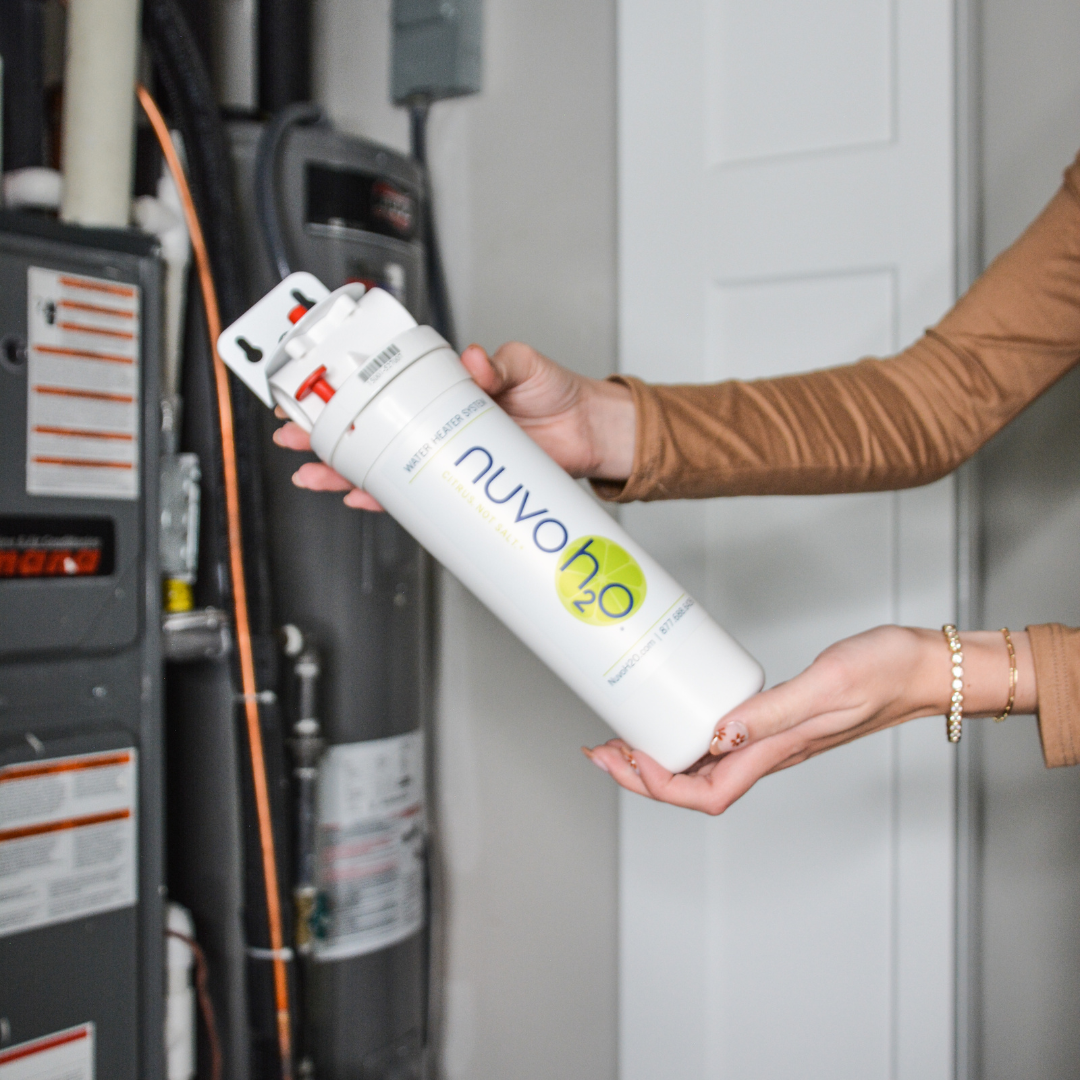
At NuvoH2O, our systems do more than just target chloramine; they soften water without salt, improve taste, and protect your home’s plumbing, all while keeping beneficial minerals intact.
Why homeowners choose NuvoH2O for chloramine:
- Whole-home protection: Every tap delivers cleaner, better-tasting water
- Salt-free & eco-friendly: No heavy salt bags, no brine discharge, no electricity or wastewater
- Skin- and hair-friendly: Softer showers without chemical dryness
- Low maintenance: Simple cartridge changes, with Autoship available so you never run out
You can explore our whole-home systems here and see which option is right for your home.
Keep Your Drinking Water Clean
Chloramine plays an important role in keeping city water safe from harmful microbes, but it’s far from perfect. From skin irritation and odd taste to potential pipe damage, its long-lasting nature can be a mixed blessing for homeowners.
But with the right filtration system, you don’t have to choose between safety and comfort. A NuvoH2O whole-home solution can help you enjoy water that’s clean, great-tasting, and gentler on you and your home without the downsides of chloramine.


